The 27th JCT Traffic Signal Symposium & Exhibition
The JCT Symposium website has moved!
For 2023 and onwards, information and bookings for the JCT Symposium and MOVA User Group will be at our new dedicated JCT Symposium website. This section of the JCT Consultancy website will remain as an archive of past symposia but will not be updated with new content for future events or be used to receive bookings.
Wednesday 14th September and Thursday 15th September 2022 at Nottingham Trent University, Nottingham City Campus.

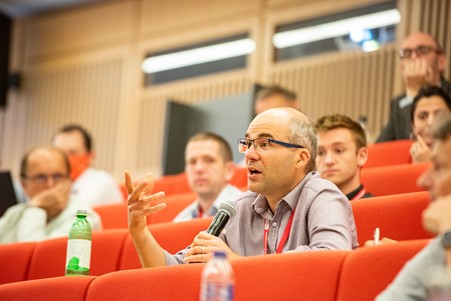
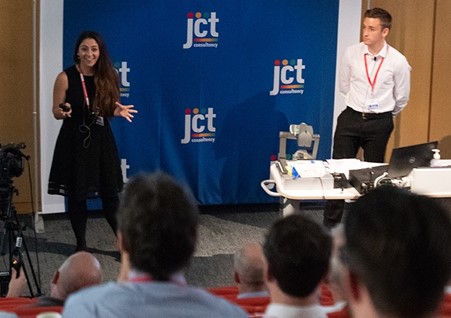
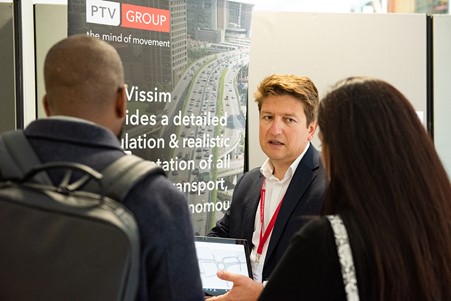
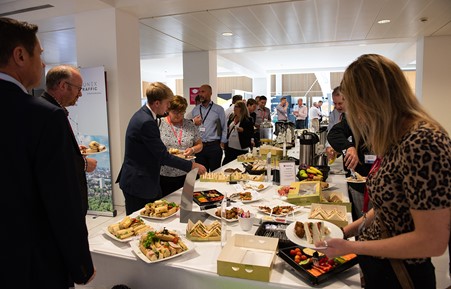
Special Events Sponsored by:
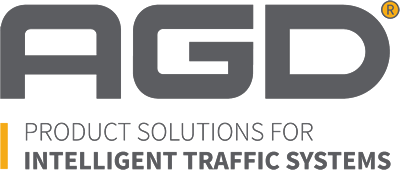

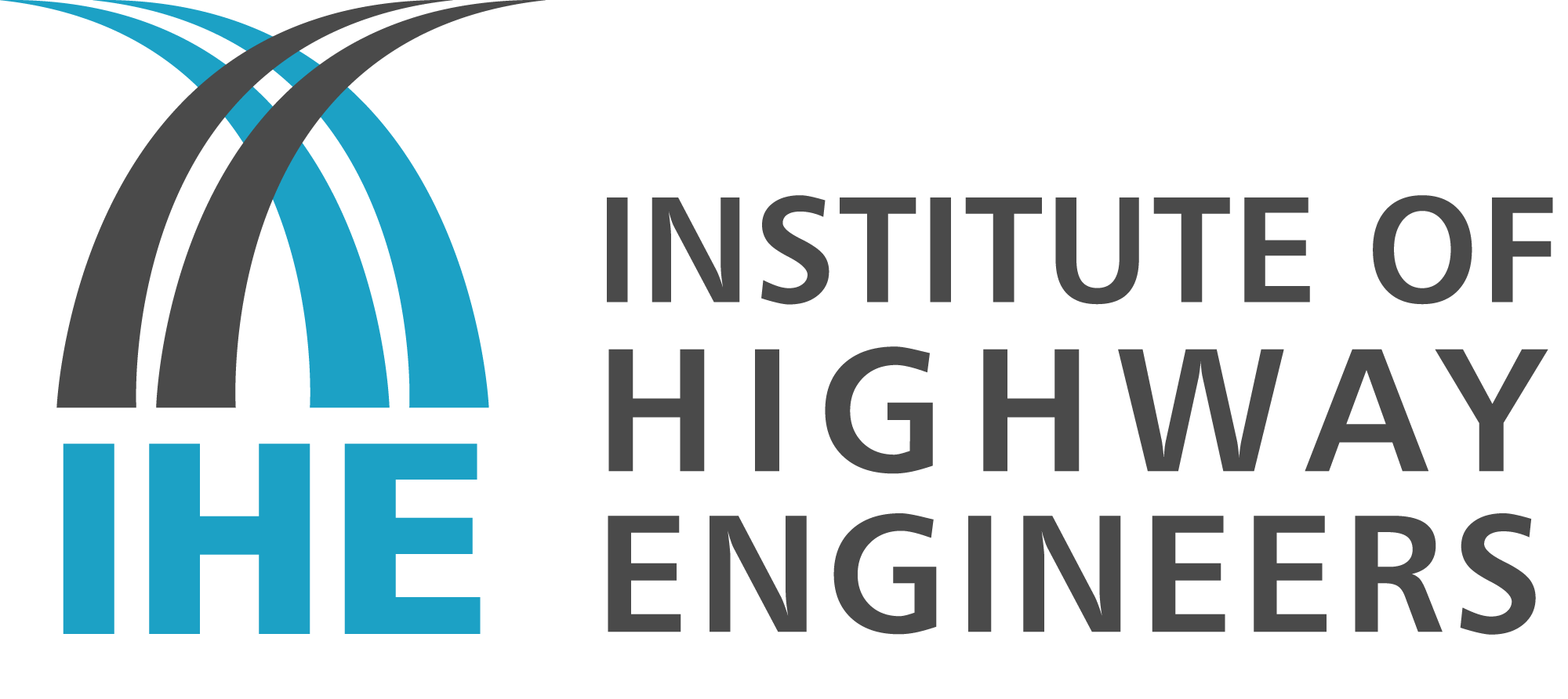



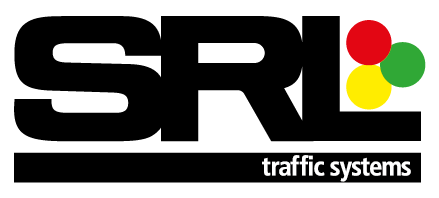



The 2022 Symposium was held at Nottingham Trent University, Nottingham City Campus on Wednesday 14th September and Thursday 15th September 2022.
The format of the event was the same as in previous years and included a Symposium programme filled with topical
presentations, a specialist Exhibition, and plenty of opportunities to catch up with old friends and colleagues
and network with new contacts.
The MOVA User Group was also held at the City Campus on Tuesday 13th September.
Overview
For 26 years the JCT Symposium and exhibition has been bringing traffic signal practitioners together with manufacturers and to maintain a sense of community amongst signals engineers. It is intended to run as an affordable conference that is accessible to as many people as possible, regardless of experience and that encourages the exchange of knowledge, experience and good practice. Over the past few years, the symposium has consolidated its position as the UK's best conference event for traffic signals.
The Symposium & Exhibition runs over two days, and is preceded by the MOVA user group. It mixes conference style papers, the principal manufacturers, networking opportunities and organised social events in the evening. As far as content goes, the emphasis is on the signals community itself and JCT seeks submission of papers and presentations from working signal engineers, manufacturers and suppliers. The broad appeal of the programme means that papers are also welcome from policy makers, interest groups, and academics. If you would like to share your experience with the signals community then please let us know and we will do everything we can to help you including subsidising attendance at this event.
2022 Symposium Papers
The Symposium's papers are written and presented by the signals community itself and JCT actively
seeks submission of papers and presentations from working signal engineers, manufacturers
and suppliers as well as policy makers, interest groups, and academics.
2022 Symposium Papers
|
Keynote Address: Where are we now? A look at connected vehicle technology use in 2022 Awaiting Synopsis | |
|
Everything that you need to know about 5G but didn't know what to ask
Using mobile data has been fraught with difficulties over the years for UTMC applications. With few success stories. |
Five Second Minimum Green: Times they are a changin'
Following the release of TSM Chapter 6, the minimum green to a full green traffic phase can be reduced to 5 seconds at sites with very low flows.
TfL has undertaken on-street trials to assess the impact and benefit of reducing this minimum to 5 seconds with a focus on safety, user behaviour
and performance at 12 signalised junctions. Both pedal cycle only and mixed road traffic phases were selected for the trial, phases which were
typically signalised exits from private dwellings, businesses or parks and appeared in their own demand-dependant stage. |
|
The Carbon Conundrum - How do we further improve the environmental credentials of our signal installations?
Over the past decade, the traffic systems manufacturers have made great strides in reducing the energy consumption of traffic systems, the switch to
modern electronics and LEDs has had a marked impact on electrical consumption of installations. However, in the coming few years, we will need to
continue to reduce the environmental impact of our installations to a level that aligns with the goals set in the COP26 Glasgow Climate Pact in
November last year. |
Through-about and double-through-about junctions A paper on the design, installation and maintenance of traffic signals on through-about and double-through-about junctions. |
|
A collaborative approach + Smart Technology = safer active travel infrastructure and less congestion as part of a strategic corridor project.
This paper will look at how collaborative working and the use of intelligent technology is enhancing safety for cyclists and pedestrians whilst also
reducing congestion, and therefore improving air quality along the Stoneferry Corridor in Hull. |
Smart radar - upgrading the technology on Lincoln Road Newark
Lincoln Road is a main arterial route between Newark Town Centre and the A1 to the east and has an Annual Average Daily Traffic (AADT) of 18,300
vehicles. MOVA loop detection would have required ducting installing on the bridge close to the railway and the Overhead Line Equipment
(OLE, considered undesirable and to be avoided. A decision was made to use magnetometers but experience with the studs following installation was
mixed, with issues of lost communications (stud, repeater and access point failures)and linked to poor battery life. |
|
Tall Tales: Poles, Heads and Arms
Following Chris Kennett’s impassioned plea to stop what he perceived as the proliferation of tall poles, when he became the inaugural ranter on the 2021
Symposium’s Soap Box and encountering various degrees of high-level traffic signal head adoption from local authorities in my career, this paper ventures
into territory well clear of the usual debates around SCOOT versus MOVA, which modelling software package to use, far-side or nearside, or even can you
replace a loop? |
GLOSA in Manchester as part of an immersive national IVS system
This paper describes the development and deployment of a practical GLOSA deployment at Radcliffe in Manchester using a second-by-second open data feed
from a TRL/TfGM SCOOT 7 system. The SCOOT data was used to define traffic light objects in a cloud based In-Vehicle Signage (IVS) system alongside Virtual
and physical VMS from National and local traffic authorities, roadworks providers and others in the UK creating a unified IVS driving experience. |
|
Is it time to MOVe-Aside and make way for the next generation of Signal Control? Last year Vivacity presented the first results for its groundbreaking Smart Junctions pilot project in Manchester. However, as a new product we wanted to take on one of the best control systems in the UK market - MOVA - in as fair and unbiased a trial as we could. Therefore in this presentation we will be presenting a comparison between the two systems where an industry expert will be evaluating our performance against MOVA. |
Conceptualising the next generation of Intelligent Traffic Signage
This paper looks at the design concepts and vision applied to the development of next generation of Traffic Signage. Looking at utilisation, standardisation
and modularity and applying it in novel ways to achieve new outcomes. It lays down the design principles and the design process associated with a new blue-sky
development of traffic signage. |
|
Decarbonising Networks one step and pedal at a time
City Science mission is to help cities and neighbourhoods decarbonise and have successfully developed and delivered LCWIPS for numerous authorities around the UK. |
Live Labs project, addresses air quality challenges using artificial intelligence
Staffordshire County Council (SCC) won funding to take part in the live labs project, funded by the DFT. They worked alongside Amey, Keele University and the
Connected Places Catapult. Over 130 SMEs submitted applications to address mobility and air quality challenges. Colleagues from across the organisations worked
together to select 10 projects. |
|
I told you so: The second coming of UTMC Awaiting Synopsis |
Minimising Delays During Junction Improvements: Portable or Temporary Signals? This paper looks at the junction capacity implications of using portable vs temporary signals under UTC control when undertaking junction improvement works. LinSig and VISSIM have been used to demonstrate the benefit of introducing temporary signals at more complex junctions by comparing capacity, journey times, delay, and queueing. Further analysis has been undertaken across a sample of some 20 junctions. This analysis provides a guide that will allow an Authority or client to determine the likely capacity implications of choosing one system over another dependent on junction type. It can form one input into the decision-making process which will also include, strategic importance of location, duration of works and costs. |
|
Using Cloud-Based Software, leveraging high fidelity GPS 'Trajectory' Data to identify and understand signal
performance network wide This presentation will highlight how cloud-based software, using GPS trajectory data can be used to discern which locations are operating "normally" and to identify areas of concern to begin troubleshooting for optimal performance in the context of current policy, be those issues with current timing plans, maintenance-based activities, etc. |
Using AI to support traffic control systems This paper is based on the experience of deployment of an AI based traffic control support system in Kirklees. It will outline the challenges and opportunities created by introducing a new form of traffic control based on the Simplifai control approach. The points that will be covered will be:
|
|
Prioritising Active Travel through next generation data
ngenius.ai are a start-up based in Norwich (at the University of East Anglia/Norwich Research Park) deploying cutting-edge AI
which uses existing CCTV infrastructure to provide local authorities and highways authorities meaningful, accurate, real-time
data to measure the way that the transport network operates. |
Is my signal design reasonable? Using different model outputs to enhance scheme designs
Since 2016 TfL and London boroughs have, collectively, added 250km of new cycle routes. As we know, designing additional
protected facilities for vulnerable users at signalised junctions is often difficult and complex as introducing additional conflicting
phases reduces the capacity of junctions for other modes. |
|
AI Incident Detection with minimal input and infrastructure This paper will describe how Aimsun are using existing infrastructure to provide incident detection and network wide data insights using data science and AI. |
CYCLOPS Junction Design - Real Life Worked Examples
In 2018, TfGM presented the "CYCLOPS - Creating Protected Junctions" paper at the JCT Symposium. Through this paper
TfGM shared the concept of CYCLOPS - a design technique created by TfGM engineers that protects cyclists by providing an
external orbital cycle route, separating cyclists from general traffic in space or time at traffic signal junctions. Since 2018, the
concept has been brought to life with numerous CYCLOPS junctions either built or in development in Greater Manchester and
further afield. |
|
Rethinking approaches to adaptive control - a FUSION update from Yunex Traffic Dr Andy Hamilton will provide an update on the development of FUSION - the company's policy driven traffic management and adaptive control solution that is being developed and tested with Transport for London. Andy will share the latest development status and provide further performance results and insights following the most recent deployments in London. |
Enhancing vehicle perception using V2X communication Yunex Traffic's Jack Durdle reviews how connected and autonomous approaches can work together to improve road safety and potentially empower self driving vehicles to operate in challenging, safety critical and real-world conditions. Sharing insights from the AutopleX project and recent demonstration at junction 15 of the M40, Jack considers how using connected infrastructure and V2X communications can help enhance a vehicle’s understanding of its surroundings through 'cooperative perception' and ultimately help to navigate complex junctions without driver input. |
|
Optimising Pedestrian Crossings - The Role of Pedestrian Detection
Drawing on experience from an on-going trials, this paper reviews what is available to traffic engineers to get the best from their pedestrian crossings under challenging and unpredictable levels of demand. It also considers metrics for pedestrians and the impact of optimisation on active travel. |
Bringing colleagues together through UTMC Awaiting Synopsis |
If you would like to submit a Working Title and a brief (one paragraph) synopsis to symposium@jctconsultancy.co.uk. Up to two speakers per paper will attend free on the day of speaking and will qualify for a heavily discounted second day.
Exhibition
The Symposium has had a parallel exhibition for many years and features the main companies working in traffic control. Entry to the exhibition is free for Symposium delegates.
|
|
Sponsorship for 2022
Several major companies kindly sponsored events at the Symposium and Exhibition enhancing networking and subsidising key events.
The following are kindly supported by our sponsors:
- Gala Dinner (Wednesday Evening) - Yunex Traffic
- Barbecue Night (Tuesday Evening) - Highways News
- Wednesday Lunch - TRL
- Wednesday Night Drinks Reception - Swarco
- Evening Social Networking on Tuesday and Wednesday - Aimsun, ARTSM, NAL, JCT Consultancy, SRL, Swarco, TRP
- Delegate Goody Bags - Swarco
- Lanyards - PTV Group
- Treasure Hunt - ITS(UK)
- Videos - AGD, Clearview Intelligence, Messagemaker Displays, PTV Group, Smart Video and Sensing, TRL Software
Further Information
If you would like any further information regarding the Symposium or Exhibition please don't hesitate to contact us at symposium@jctconsultancy.co.uk.
 |
|
 |
|
 |
|

Upcoming courses
03 Feb 2026: LinSig3 : Online Junction Modelling Computer Workshop ...more
14 Apr 2026: Interpretation and writing of TOPAS 2500 Controller Specification forms for Transport Modellers and Design Engineers ...more
02 Jun 2026: Introduction to Traffic Signals ...more
02 Jun 2026: Practical Application of MOVA Computer Workshop including the use of MOVA Tools and MOVA Simulation ...more
04 Jun 2026: LinSig3 : Junction Modelling Computer Workshop ...more
Subscribe to email updates
To subscribe to Course, Software or Symposium update emails, please click here